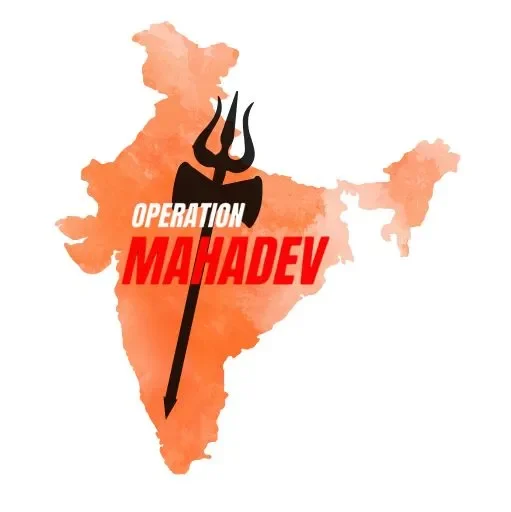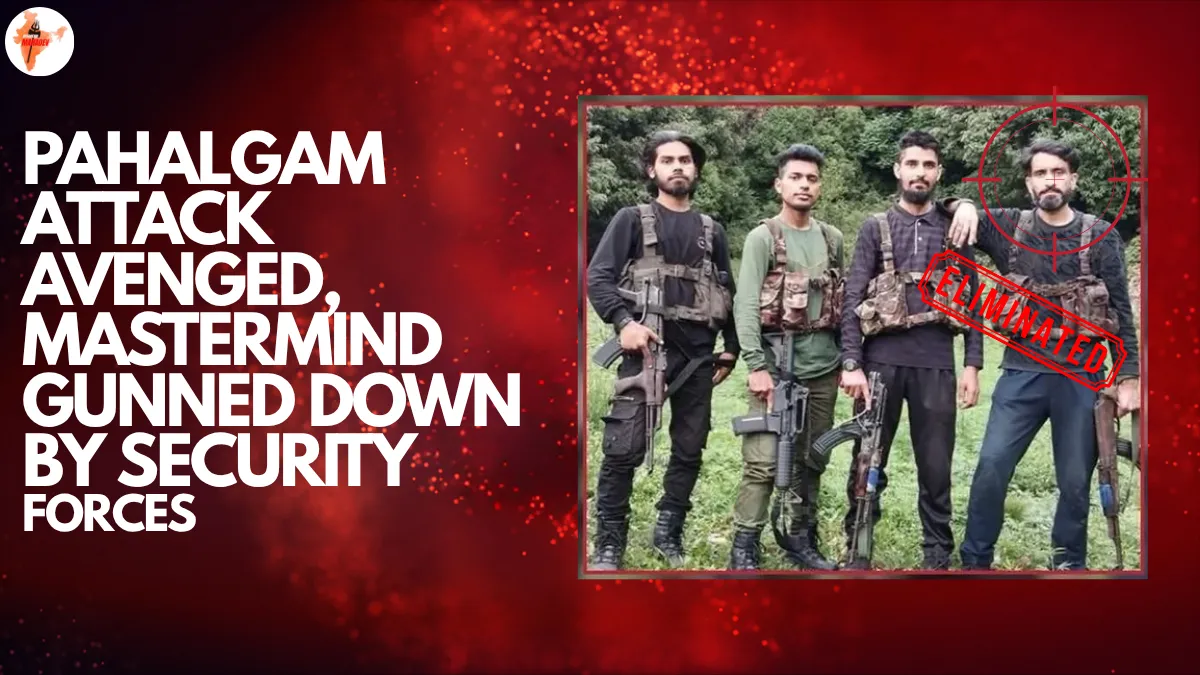The Pahalgam attack on April 22, 2025, left the entire nation shaken. With 26 civilians, including tourists and children, killed in one of the most brutal terror strikes in recent memory, the Indian government launched a multi-agency manhunt unlike any in recent years. What followed was a three-month-long pursuit marked by high-tech surveillance, relentless tracking, and ultimately a surgical takedown on July 28, 2025. This is the inside story of India’s most intense counter-terror chase of the decade.
Phase 1: From Chaos to Clarity — Intelligence Starts Rolling
In the hours following the deadly Pahalgam ambush, central agencies, military intelligence, and local police swung into action. A rapid reconstruction of events began using CCTV footage, mobile tower triangulation, eyewitness interviews, and forensic shell casing analysis. Ballistics confirmed the use of foreign-manufactured rifles, while recovered grenades pointed towards a Pakistan-backed terror module.
By April 25, key suspects were identified: Suleman alias Faizal Jatt, Hamza Afghani, and Jibran names with historical links to Lashkar-e-Taiba. Despite having escaped into the complex forested terrain of Jammu & Kashmir, the Indian surveillance grid had already gone live, much like the high-alert zones deployed during sensitive periods in Lok Sabha operations and Amit Shah’s national security bills rollout.
Phase 2: Tech in Action — High-Altitude Drones & Heat Signature Warfare
In May and June, the manhunt entered a high-tech second phase. Intelligence inputs revealed the suspects were shifting between underground bunkers and shepherd trails in South Kashmir. In response, Indian forces unleashed high-altitude ISR drones, night-vision capable UAVs, and AI-powered heat signature tracking systems.
These tools picked up irregular heat readings in abandoned villages, pointing to temporary hideouts. Simultaneously, dormant mobile phones silent for weeks briefly came online, long enough to be triangulated and geo-locked. Covert surveillance teams were positioned across the region, mirroring the kind of strategic coordination one sees during events involving top leaders like the Delhi CM or national figures such as रेखा गुप्ता (Rekha Gupta), whose recent security updates and political movements have remained in news cycles (rekha gupta news).
Phase 3: Human Intelligence Meets Digital Breakthrough
By late June, two game-changing leads emerged. First, a low-level courier was apprehended near Pulwama carrying coded messages and foreign currency. His interrogation confirmed aliases and locations of the fugitives. Second, a SIM card linked to one attacker’s relative was briefly activated near Srinagar outskirts, unintentionally exposing a secret route frequently used by the group.
Indian forces now had a precise, triangulated zone near Srinagar, supported by heat data and informant verification. The stage was set for final action this time with complete strategic confidence.
Phase 4: The Final Engagement — July 28, 2025
In the pre-dawn hours of July 28, elite Indian Army commandos, backed by CRPF and J&K Police, encircled a fortified building in Srinagar’s Nowhatta area. This was no large-scale offensive but a precision-based urban strike. Using fiber-optic scopes and real-time drone visuals, forces confirmed the presence of all three high-value targets inside a reinforced safehouse surrounded by civilian dwellings.
Once civilians were safely evacuated, commandos stormed the building. The three terrorists were neutralized in a swift engagement. Forensic analysis post-mission matched their identities, weapons, and digital traces directly to the Pahalgam attack, thereby closing the intelligence loop and marking a major win in India’s modern counter-terror landscape.
Manhunt Timeline Summary
FAQ: India’s 3-Month Manhunt After the Pahalgam Terror Strike
-
Q1. What was the Pahalgam terror strike? ▾
The Pahalgam terror attack in April 2025 left 26 civilians dead, shaking the region and triggering one of India’s most intense counter-terror missions. -
Q2. What was the objective of the 3-month operation? ▾
The goal was to track down and eliminate the terrorists responsible for the Pahalgam massacre, ensuring justice and restoring public confidence in security. -
Q3. How long did the manhunt last? ▾
The operation spanned nearly three months, from late April to the end of July 2025, making it one of India’s longest, most precise counter-terror pursuits. -
Q4. What methods were used to locate the terrorists? ▾
Security forces relied on intercepted satellite phone signals, drone reconnaissance, heat-sensing technology, and inputs from local informants to narrow down the militants’ hideout. -
Q5. Where were the terrorists finally cornered? ▾
The breakthrough came in the Harwan jungles near Dachigam, where security forces surrounded a small patch of forest that had been identified as the militants’ last refuge. -
Q6. Who were neutralized during the operation? ▾
Three high-value terrorists, including the mastermind of the Pahalgam attack, were killed in the final assault. Weapons and communication devices recovered at the site confirmed their direct involvement.
Conclusion: The 3-month chase for the Pahalgam attackers was a masterclass in patience, planning, and precision. From AI-based heat mapping to old-school informant networks, India fused technology with ground intelligence to close in on the nation’s most wanted. The final chapter, Operation Mahadev, wasn’t just a tactical win it was a message that no matter how far terrorists run or how deep they hide, justice will follow. India’s evolving counter-terror machinery proved its strength not just in firepower, but in discipline, coordination, and strategic depth.
Disclaimer: This report is based on officially released mission data, defense briefings, and ground-level operational summaries as of July 2025. Tactical details have been generalized for national security considerations.
Read More:
- Pakistan Terrorist Groups Fear India’s Operation Sindoor – Jaish-e-Mohammed & Hizbul Mujahideen Forced to Relocate Hideouts
- Operation Mahadev: India’s Surgical Strike After Pahalgam Attack Shakes Terror Network – Full Story Inside
- Operation Mahadev: India’s Silent but Deadly Reply to Pahalgam Attack – A Precision Strike Revealed
- Operation Mahadev & Operation Sindoor: How India Executed Back-to-Back Blows to Terror in 2025
- 5 Key Lessons Youth Can Learn from Operation Mahadev

